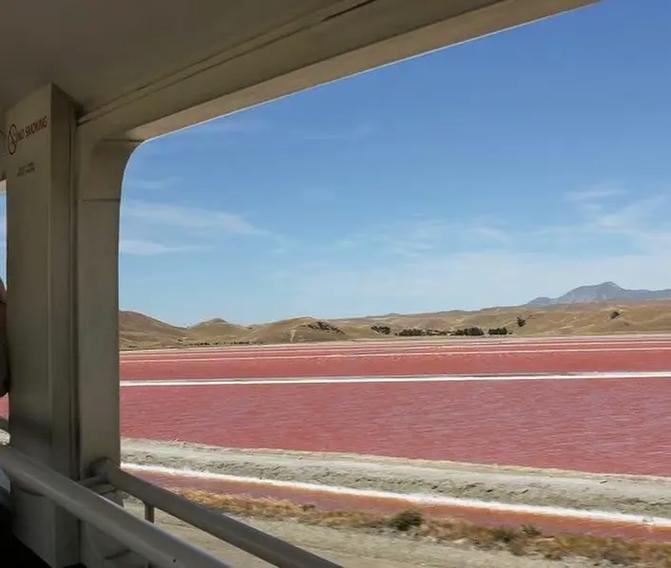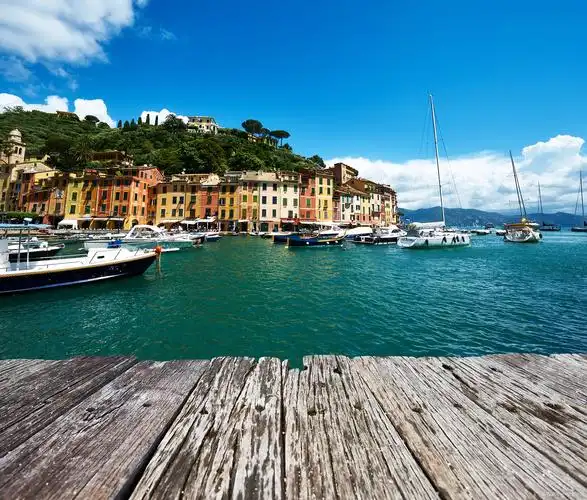Global Travel Information
Selous Game Reserve, Tanzania
The Untamed Wilderness: Exploring Tanzania's Selous Game Reserve
Stretching across an immense swath of southern Tanzania, the Selous Game Reserve is a place of profound scale and raw, untamed beauty. A UNESCO World Heritage Site, it is one of the largest faunal reserves on the planet, a sprawling wilderness larger than Switzerland or Denmark. Yet, despite its colossal size and ecological significance, it remains one of Africa’s best-kept secrets, a stark contrast to the well-trodden trails of the northern safari circuit. To venture into the Selous is to step into a Africa of a bygone era, a land where the rhythms of nature dictate the terms and human presence is but a fleeting whisper.
The very geography of the Selous is its defining character. Its lifeblood is the mighty Rufiji River, a sprawling network of channels that meanders through the reserve, creating a lush, green artery in an otherwise dry landscape. This river system is the stage for some of the most dramatic wildlife scenes in Africa. Herds of hippopotami crowd its muddy pools, their grunts and bellows echoing across the water, while enormous Nile crocodiles, modern-day dinosaurs, bask on its sandy banks. The river’s flow dictates the movement of game, drawing animals from the dense miombo woodlands that cover much of the reserve. These woodlands, a sea of silver-green trees, are home to towering baobabs, their grotesque, magnificent forms standing as silent sentinels over the bush.
It is this diversity of habitats—riverine forests, open grasslands, savannah, and dense thickets—that supports an astonishing concentration of wildlife. The Selous boasts a globally significant population of endangered African wild dogs, arguably the best place on Earth to witness these charismatic and highly social predators. Watching a pack of painted wolves stir from their rest, engage in elaborate greeting ceremonies, and then melt into the bush to hunt is a privilege afforded to few. The reserve is also a vital stronghold for the majestic black rhino, though their numbers are a fraction of what they once were, and seeing one requires immense luck and a skilled guide.
Large elephant herds, some of the biggest in Tanzania, roam freely, their ancient migratory paths carving through the wilderness. Buffalo gather in massive, intimidating herds that darken the plains, while predators like lions, leopards, and spotted hyenas maintain the delicate balance of life and death. The birdlife is equally spectacular, with over 440 species recorded. From the iconic fish eagle, whose lonely cry is the signature sound of the African waterways, to the vibrant carmine bee-eaters that nest in spectacular colonies on the riverbanks, the Selous is a paradise for ornithologists and casual birdwatchers alike.
What truly sets the Selous apart from other African reserves is the variety of ways to experience it. Unlike parks where visitors are confined to vehicles, the Selous offers a more immersive and adventurous safari. The classic game drive is available, allowing access to the deeper, predator-rich areas, but the magic happens on the water and on foot.
A boat safari along the Rufiji River is an unparalleled experience. Gliding silently past sleeping crocodiles, pods of hippos, and elephants coming to drink at the water’s edge offers a perspective impossible to gain from a land cruiser. It is peaceful, intimate, and profoundly beautiful, especially at sunset when the sky explodes in a palette of oranges and purples, reflected perfectly in the still waters.
For the ultimate adrenaline rush, nothing compares to a walking safari. Led by an armed and highly knowledgeable guide, a walk through the Selous is a masterclass in tracking and awareness. It is about noticing the small things: the alarm call of a francolin, the fresh scratch marks on a tree, the precise imprints of a leopard’s pugmark. Every sense is heightened. You smell the wild sage crushed underfoot, hear the rustle of grass in the wind, and feel the immense, palpable presence of the wild. It is not about chasing big game; it is about becoming a part of the ecosystem, understanding the interconnectedness of every plant, insect, and animal, and experiencing a primal connection to the earth.
However, this immense wilderness faces significant challenges. Poaching, particularly for elephant ivory, has historically taken a devastating toll, though intensified anti-poaching efforts have shown recent success in stabilizing populations. The delicate ecosystem is also vulnerable to the broader impacts of climate change, with shifting rainfall patterns affecting the Rufiji’s flow and the health of the woodlands. Furthermore, the debate between conservation priorities and potential large-scale infrastructure projects, like hydroelectric dams on the Rufiji, presents an ongoing threat to the reserve's ecological integrity.
Staying within the Selous is an experience in itself. A handful of lodges and tented camps, often small and exclusive, are carefully positioned to blend into the environment. Falling asleep to the symphony of the bush—the whoop of hyenas, the roar of a distant lion, the chirping of cicadas—and waking to the mist rising off the river is the essence of an African safari dream. The guiding is typically exceptional, delivered by individuals with a deep, generational connection to the land and its creatures.

The Selous does not offer the easy, guaranteed sightings of the Serengeti. It demands more from the traveler—more time, more patience, and a spirit of adventure. In return, it offers something far more valuable: a sense of discovery, the thrill of the unknown, and the humbling feeling of being a small guest in a vast, untamed world. It is a raw, authentic, and deeply moving wilderness that captures the soul of Africa in its purest form. In an increasingly developed world, the Selous stands as a magnificent reminder of what true wilderness means, a timeless sanctuary where nature still reigns supreme.
相关文章
- Elbe River Archaeological Sites: Ancient Finds Near the Water
- Elbe River Botanical Gardens: Flowers & Plants Along the Banks
- Elbe River Zoos & Aquariums: Family Fun Near the River
- Elbe River Amusement Parks: Rides with River Views
- Elbe River Camping Spots: Pitch a Tent by the Water
- Elbe River Glamping Sites: Luxury Camping Along the Banks
- Elbe River RV Parks: Stay in Your Camper Near the River
- Elbe River B&Bs: Cozy Accommodations with a Personal Touch
- Elbe River Hostels: Budget Stays for Young Travelers
- Elbe River Business Travel Guide: Meetings & Events Near the Water
发表评论
评论列表
- 这篇文章还没有收到评论,赶紧来抢沙发吧~


